Exploring Self-identification through Verbal and Visual Dialogue
by: Patricia Prieto Blanco & Yasmine Akim , April 18, 2018
by: Patricia Prieto Blanco & Yasmine Akim , April 18, 2018
In 2014, Patricia Prieto Blanco participated in the project Reversality which aimed to explore the human rights of self-determination and the concept of self-identification. (Hattab, Bahram & Pastor 2015) The contribution was framed by the different phases of the project. Within the limitations, she decided to work on her own self-perception of contemporary nomadism. Having lived abroad for over a decade and having moved rooms/houses/cities almost twenty times in that period, she started to consider herself a human snail. The multiple times that the photographer has learned a language and tried to integrate herself into a foreign society and culture have come to define the person that she currently is. Although invisible and not represented, there are many others in the same situation. As a result of diaspora, people are dispersed but they share life experiences, a common narrative of emplacement and displacement as well as the certainty that they will always be foreigners, even if they were to return to where they came from.
This past summer, Yasmine Akim visited Lagos. She did so as both a photographer and a young adult trying to be a child again in terms of curiosity and excitement. As a westernized mixed-race woman, of both British and African (Cameroon border state) descent, she felt alienated. This was not a drastic change; after all, Yasmine has no recognizable cultural identity in Britain either. Her blatant otherness and the fear of the unknown permeated her stay and she used photography as a way of connecting to her new environment. The most inspiring part of her experience was the vibrant street culture – with phenomenal style and individuality – that is thriving in Nigeria in spite of the blatant corruption.
What follows is a process of interrogation, analysis and reflection on each other’s work from the perspective of self-identification.
For those of you not familiar with the concepts, allow us to provide a succinct background. As a fundamental principle of human rights, the right to self-determination theoretically guarantees individuals and collectives to ‘freely pursue economic, social and cultural development’ as well as the determination of their own political status.[1] However, navigating the pragmatics of this right at an individual or collective level has proven to be challenging, to say the least. Even when there is ‘a history of independence or self-rule in an identifiable territory, a distinct culture, and a will and capability to regain self-governance’ (Parker 2000), people claiming this right have historically been – and continue to be – left behind but also often demonized and labelled as terrorists. The concept of self-identification is vaguer than self-determination, but is perhaps even more powerful as a consequence of its vagueness. The Merriam-Webster Dictionary provides the following simple definition of self-identification: (a) the feeling that you share and understand the problems or experiences of someone else; (b) the act of identifying yourself as a particular kind of person. (2017) However, since the concept has no legal or political constraints attached to it (yet!), self-identification can be inhabited however we want to. It can be adapted to the pragmatic and ideological needs of people in motion.
Ensuring dignity and human rights for all migrant workers was the aim of a UN commission almost twenty years ago. In doing so, they changed the definition of migrant: ‘The term ‘migrant’ in article 1.1 (a) should be understood as covering all cases where the decision to migrate is taken freely by the individual concerned, for reasons of ‘personal convenience’ and without intervention of an external compelling factor’ (Commission on Human Rights 1998). This definition clearly separates migrants from refugees and other displaced individuals or collectives as the former choose when to leave, where to go and how to do so. However, these choices can sometimes be propelled by external factors, such as environmental degradation, rampant unemployment or bankruptcy. Categorizing, labelling, charting and organising people into categories proves to be very difficult (UNESCO, n.d.) Why do we need to do so?
For a while, being a migrant might have been perceived as radically different from being a refugee or an asylum seeker. However, stigma has recently come to be attached to the word, which has also ‘become a largely inaccurate umbrella term for this complex story’ (Malone in Smith 2015). Perceiving migrants, immigrants, refugees and asylum seekers as detrimental to a country evidences not only a very narrow-minded view of human relationships, culture and society, but it also causes detriment – yes, damage – to the country. In Europe, migration ‘helps address labour market imbalances’ (OECD 2014) and contrary to popular—and populist—belief, migrants financially contribute more than what they receive in benefits (ibid.). Furthermore, migration has been signaled as an important resource to propel development. (Newland, 2003; Ratha, 2014)
1. The Universal Declaration of Human Rights provides that ‘the will of the people shall be the basis of the authority of government.’ 1948.
Two photographic studies on migration


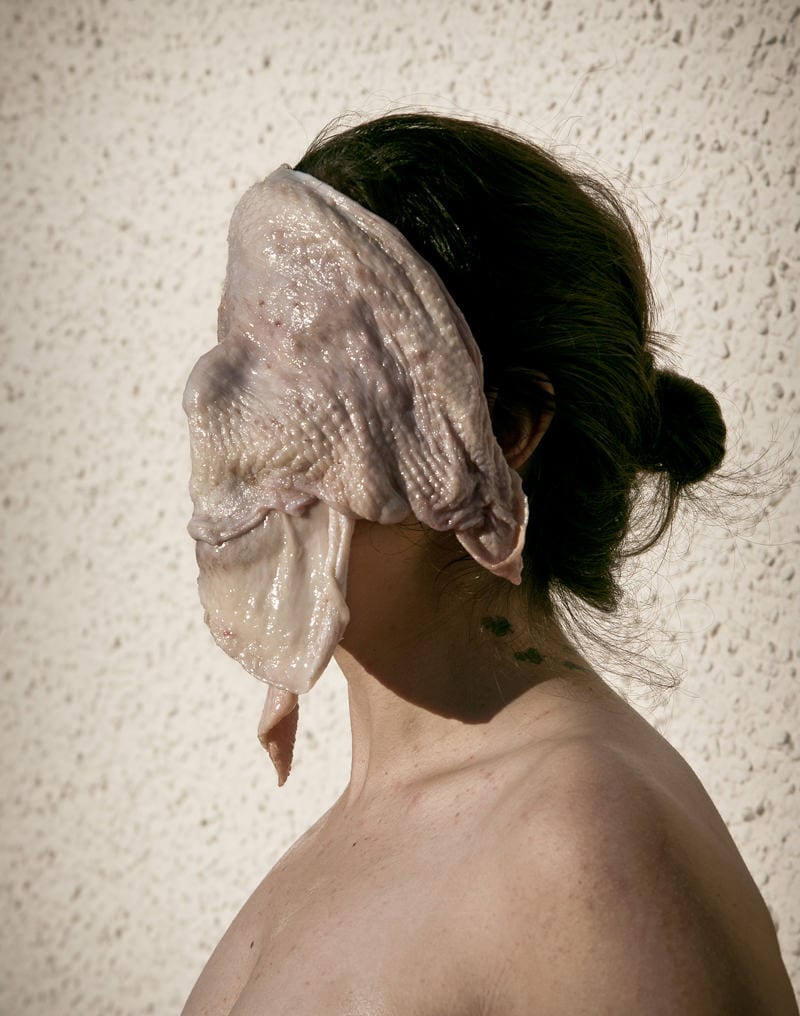
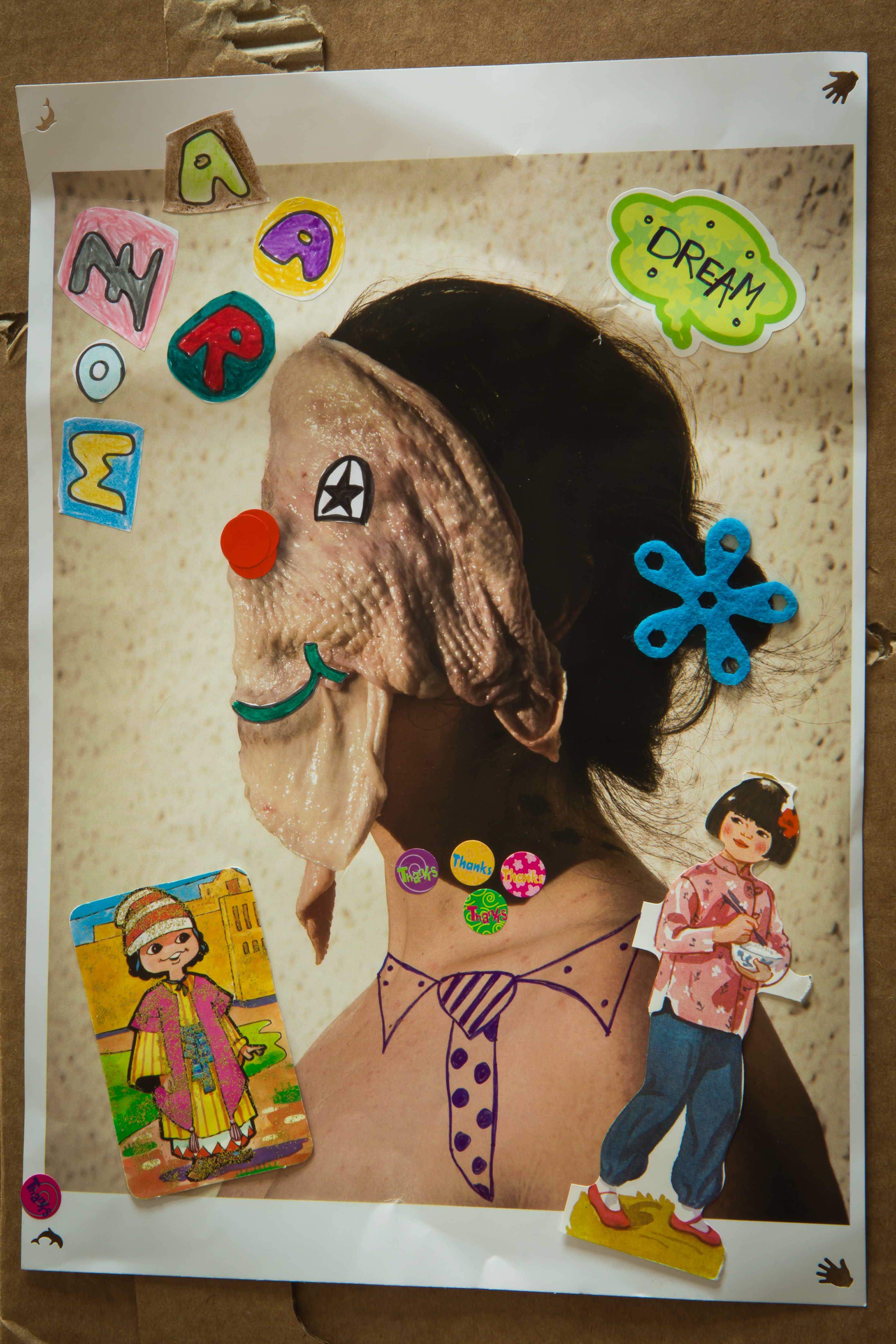
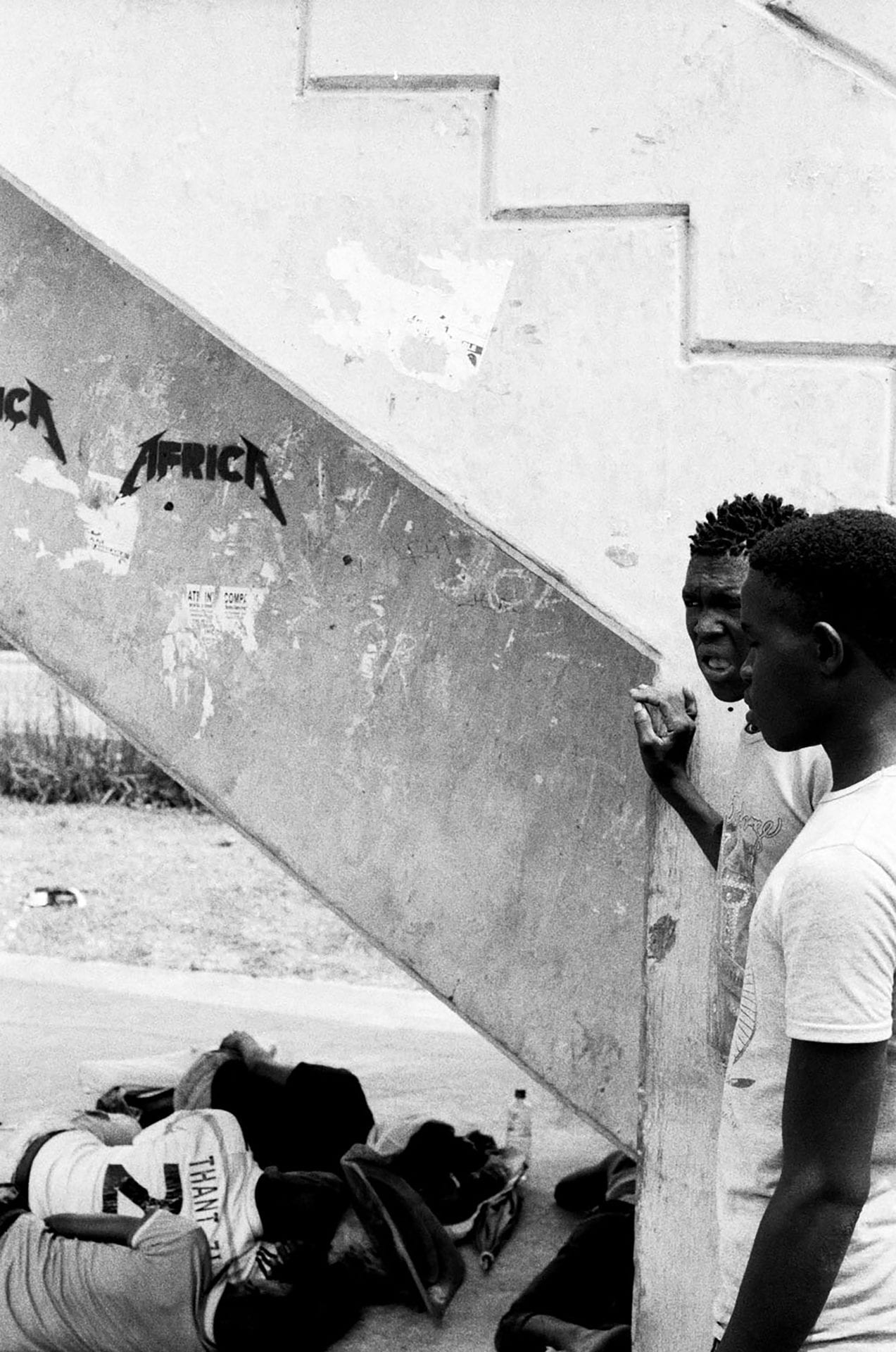
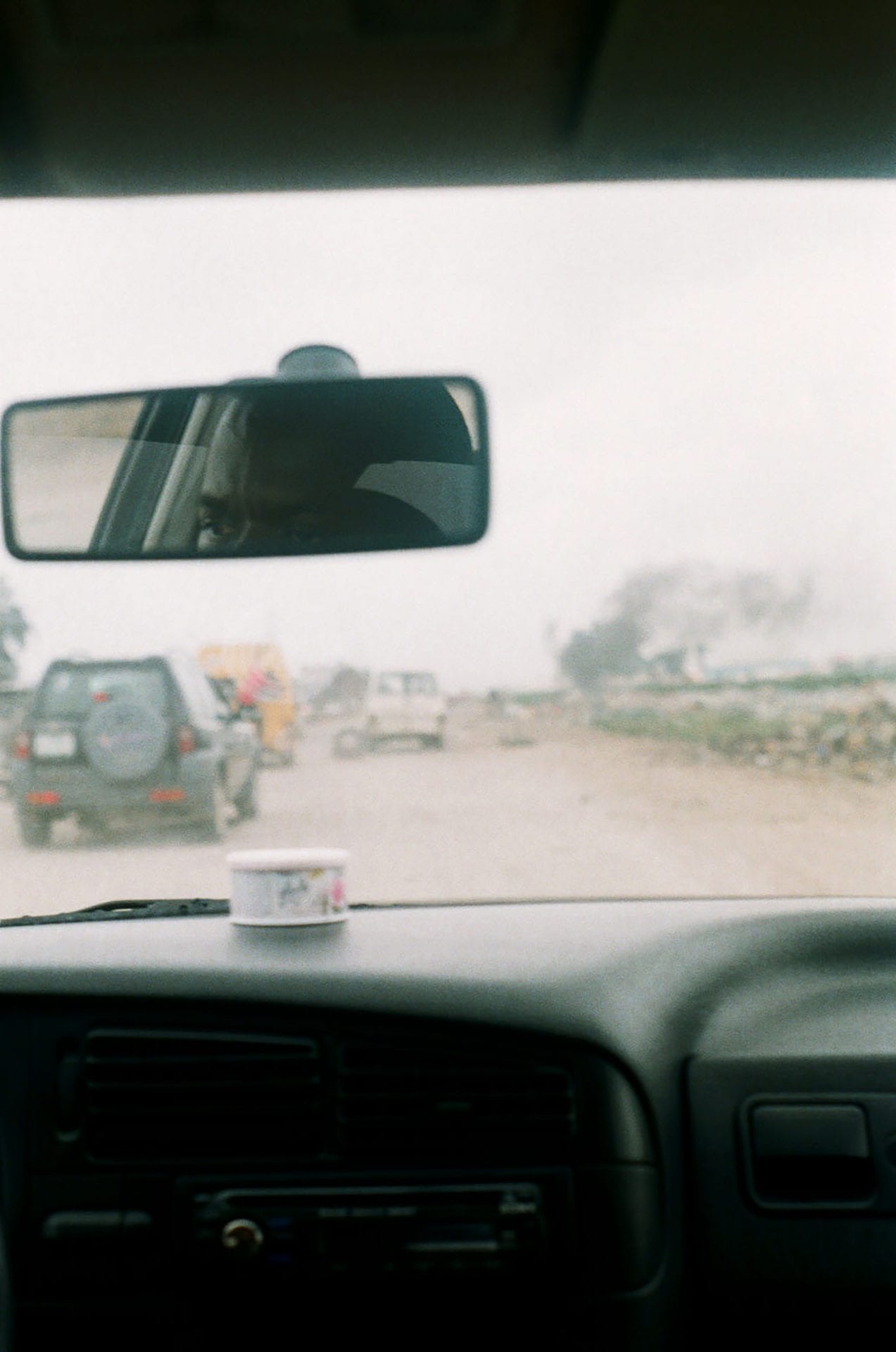
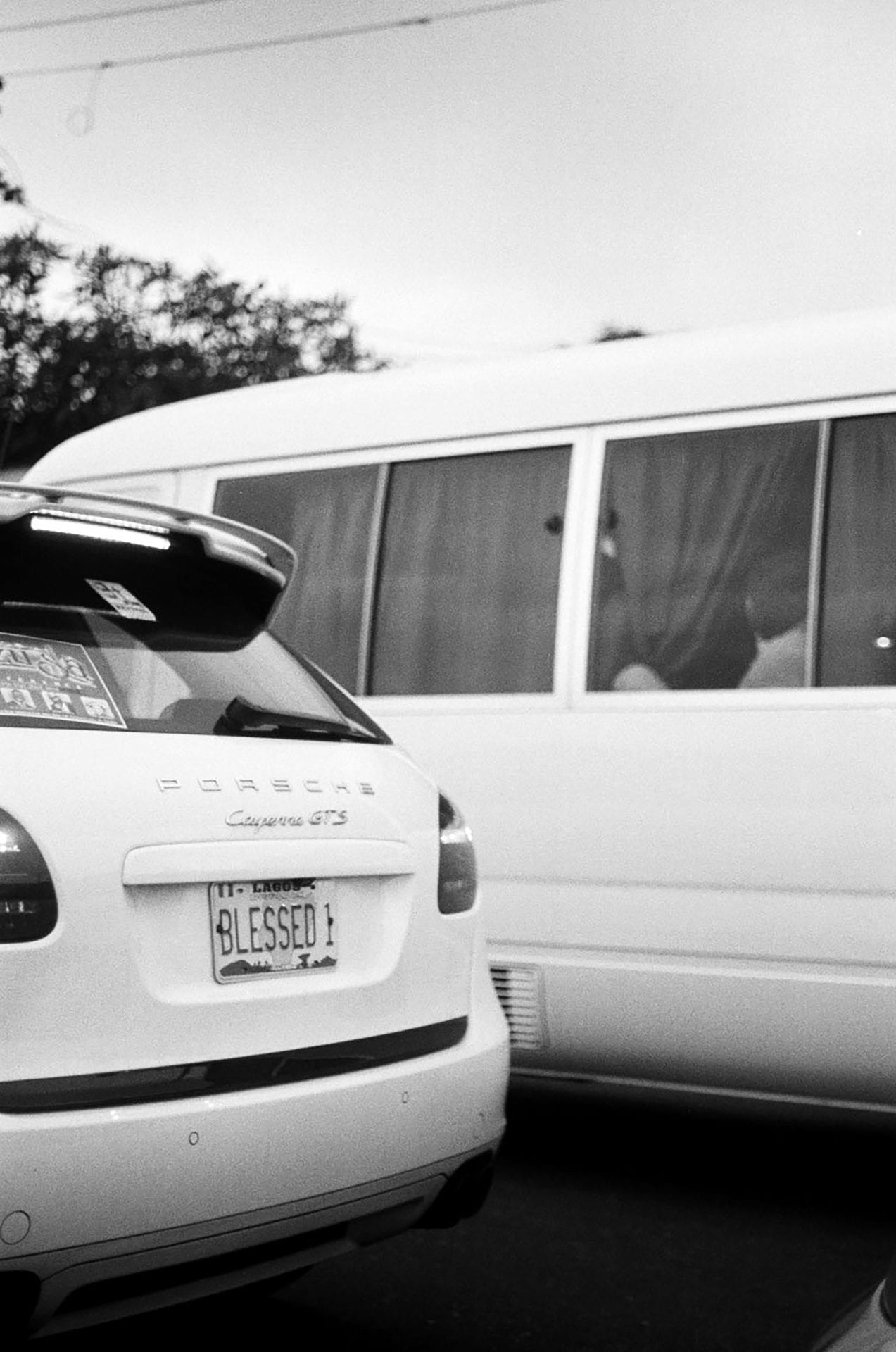
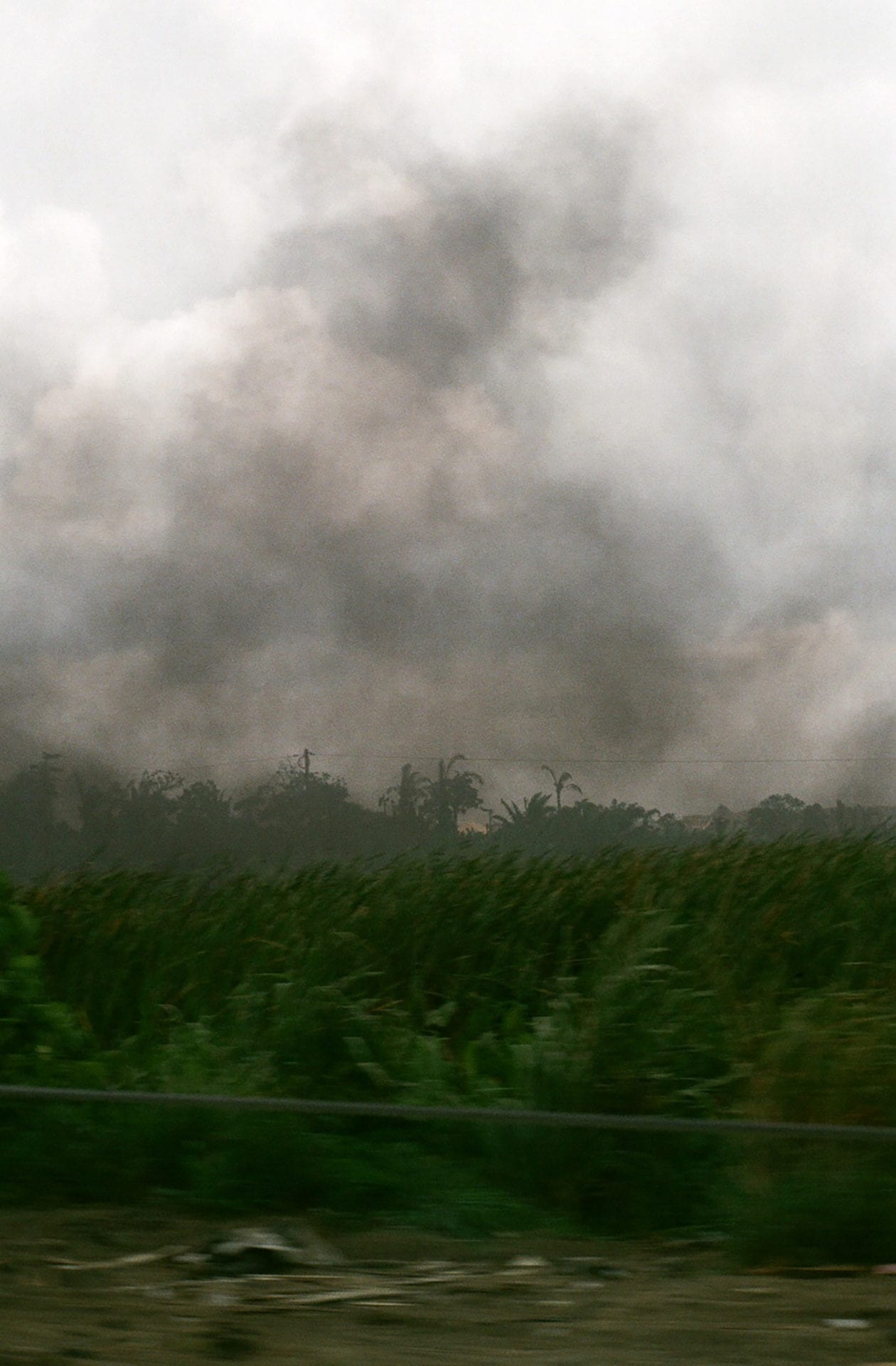
A Dialogue
Patricia: Yasmine, after our last discussion, it became clear to me that you are very interested in processes of visibility. On the one hand, I appreciate how you interrogate the camera’s ability to expand our field of vision. On the other, the fact that you felt like being in a dream while you were in Lagos made me reflect on conscious and unconscious processes involved in image making. I always stress the agency of the photographer when composing, framing, editing and disseminating photographic work, but it seems that you allowed a great level of intuition to structure your practice while in Lagos. It almost feels as if you had been a taxi-flâneur. How do you manage to keep a balance between these two poles in your work?
Yasmine: Yes, I was in a dream like state for the whole of my travels; time moved at a different pace. I felt as if I was a child again, because I was incredibly excited yet dwarfed by my chaotic surroundings. I addressed my internalized fear as a result of this new perspective, which helped me go with the flow rather than anticipate danger.
Photography has become an extension of my perspective of the world; I experience life with an instinctive urge to capture certain moments on a daily basis. Whilst I was in Africa the conditions for street photography were quite harsh, as frankly, people hated me taking photographs—the act was perceived as intrusive for obvious reasons. It was my intention to incorporate the detachment that I experienced within my photographs in an attempt to try and make sense of it on reflection, as I felt as if I had a moral conflict within myself as an outsider. I have African heritage, but that was not noticeable – only my western socialization was picked up on, which was something that woke me up.
P: You were most impressed with the street culture in Lagos: ‘pedestrians owned their area, there was a strong sense of community and most of all, people did not shy away from the inquisitiveness of eye contact, no one was too embarrassed to embrace intensity with strangers.’ Could you talk more about the intensity you felt on the streets?
Y: I find a lot of inspiration in the grace of interaction with a subject, I find the idea of the ‘aura’ very interesting and I feel as if photography is a way of connecting with people on that level. The photographs that I take are a portrait of myself in a way, as when I feel as if I have ‘captured someone’—it is an attempt to remind myself that I have ego, yes—but that ‘I’ like ‘they’ am a part of the fabric of infinite time and space.
It is my aim to shed light on situations and aspects of life that are often overlooked—such as moments of contemplation and interaction. The pedestrians in Lagos were in control of the streets, most people were tranquil rather than in an unnerved rush to get somewhere. I believe that when the streets are your home like this it puts you in a completely different predicament, although you have to have your guard up in Lagos (as it really is survival of the fittest in so many ways). The streets are more intimate due to the levels of intensity that are explored. Eye contact and inquisitiveness being a major factor of this constant engagement, Lagos felt more genuine and the sense of community is definitely amplified as a result of this state of consciousness. In London, the ‘habitat’ that I am accustomed to, people try their very hardest to avoid eye contact and conversation, I found it surprisingly hard to adjust again when I came home.
P: If you had the opportunity to go back to Lagos to photograph, would you? What would you photograph?
Y: Exploration is character building. This trip changed my life and outlook dramatically; I have been humbled by the reality of my own social conditioning and the steps that I need to take in order to be able to drop habits that are unhealthy—I have a strong desire to travel more frequently because of this. I would love to go back to Lagos, if I had the opportunity, I would go for the sole purpose of taking photographs. I would set up a small studio at The Fela Kuti Shrine and see what happened for a few months; additionally, I would also spend more time on the streets taking photographs—to document my psychological adjustment to the city.
Y: In terms of race, inferiority is the main aspect, which causes alienation within our experience historically and currently. The other is absorbed as a reflection of white supremacy—this notion of power cannot exist without a ‘leech-like’ relationship. I sense isolation and a sense of distance from pre-generated codes in your piece, you discuss your skin colour ‘olive’ and it’s ‘cultural definition’ as well as your childhood memories of home. What was your intention for the viewer in this case?
P: My main intention was to create disgust and fascination at the same time. I wanted viewers to be attracted to the image, somehow, and disgusted at the same time. The idea of using chicken skin resulted of an exploration of the term ‘consumption.’ When I first worked with this sort of alter-ego, the Chicken Skin Lady, I wanted to show how she was being consumed by different constraints. A while ago I had started thinking of using chicken as a metaphor of all those decisions in life that, by taking them, bind us to the capitalist system and how the decisions transforms us, over time and to a lesser or [greater] extent, into consumers first and people second. Also, I thought that using raw chicken skin I would have a good chance of provoking a visceral reaction to the piece. In terms of colour, I wanted neutrals to help my skin blend with the chicken skin and the background. The reference to olive is a reference to my skin tone, my childhood and my roots in Spain. Ochre tones make feel at home as they remind me of a time of comfort, safety and care.
Y: The chicken skin that you have put over your face like a mask is very abstract—for me it is a successful way of looking at you as an object within a scenario of profound beauty without realizing it at all, and I also feel as if the viewer is automatically distanced from your perspective as we can’t see your eyes, which is a major factor of empathy within photography for me. Why are you wearing this mask?
P: I truly hadn’t thought about the lack of eyes in this series. The Chicken Skin Lady had to be blinded by the consumption. Her baggage is a mixture of the humanity and profound love she was raised with, and the norms, rules, conventions and constraints of successfully functionally living in society. It would have been possible to digitally merge the chicken’s and my skin. However, I think the visceral reaction would have been limited. In my view, the materiality of the chicken skin on my skin adds a sense of revulsion towards the image, but at the same time it had to be a beautifully lit image (after all she is a Lady!), hence I waited for a clear sky at sunset and I used the exterior wall of my partner’s house because of its orientation.
Y: The setting is beautiful, so wild and refreshing to look at. The paradoxical ‘un-reality’ of Nature and Nurture may be explored here—is this true?
P: The natural and wild setting emplaces the Chicken Skin Lady and her migration story. She was situated in a natural, raw and beautiful environment that echoed again the balance between fascination and the abrupt. She brings baggage to that situation. A weight that binds her, slows her down, ties her to a place, a situation, a configuration of people. In this photograph there is an implicit fear to settle down because it implies to comply and the more we comply the less we resist. But the Chicken Skin Lady knows she cannot be rootless forever.
Y: How do you feel about not being at home with your family and ‘original culture’ that you were born into? I feel as if this collaboration with your sister is a way of healing and exploring parts of your identity as a family. What do you make of what she added to your piece for Reversality?
P: For the final piece of Reversality, authors were asked to collaborate with others. At least one person chosen by the author [was to receive] the work previously created for Reversality and act on it. The guidelines stopped there. I thought of my sister as she is a part of me—my identity—that I feel I have left behind after years of being on the move. Also, since I created the Chicken Skin Lady as an alter ego of myself in order to work through issues of belonging and emotional baggage, I wanted someone who had known me for a long time to react to the piece. And yes, by collaborating with my sister in this piece I wanted to construct a bridge and to provoke a conversation about how we are emplaced now as adults. The collaboration brought closeness and a bit of healing, yes. My niece was two years old at the time and she helped my sister with this. Since she was born, I have felt the urge to construct a meaningful relationship with her. My sister plays a twofold role: she is a gatekeeper and an enabler. By sharing this project with them both my presence invades their house even though my body does not. I like to be present often in their home, in their lives.
REFERENCES
Commission on Human Rights (1998), Fifty-fourth Session, Intergovernmental Working Group of Experts on the Human Rights of Migrants. http://www.unhchr.ch/Huridocda/Huridoca.nsf/TestFrame/e696166bf66373f3c12566180046b9c6? (last accessed 20 April 2018)
Hattab, Georges, Farhad Bahram & Kevin Nazar Pastor (2015), Reversality: An Artistic Investigation into Social Identities, Global Mission of Art and USA for UNHCR.
Merriam Webster Dictionary (2015), https://www.merriam-webster.com/dictionary/self-identification (last accessed 20 April 2018).
Newland, Kathleen (2003), ‘Migration as a Factor in Development and Poverty Reduction’, Migration Policy Institute, https://www.migrationpolicy.org/article/migration-factor-development-and-poverty-reduction (last accessed 20 April 2018).
OECD (2014), ‘Is Migration Good for the Economy?,’ in Migration Policy Debates, May 2014.
Parker, Keren (2000), ‘Understanding Self-Determination: The Basics’, Presentation to First International Conference on the Right to Self-Determination, United Nations, Geneva, August 2000, http://www.guidetoaction.org/parker/selfdet.html (last accessed 20 April 2018).
Ratha, Dilip (2014), ‘The Hidden Force in Global Economy: Sending Money Home’, TEDGlobal, https://www.ted.com/talks/dilip_ratha_the_hidden_force_in_global_economics_sending_money_home (last accessed 20 April 2018).
Smith, Lydia (2015), ‘What is the difference between a migrant, a refugee and an asylum seeker?’, in International Business Times, http://www.ibtimes.co.uk/what-difference-between-migrant-refugee-asylum-seeker-1518342 (last accessed 20 April 2018).
Unesco (n.d), ‘Migrant/Migration’, http://www.unesco.org/new/en/social-and-human-sciences/themes/international-migration/glossary/migrant/ (last accessed 20 April 2018).
Universal Declaration of Human Rights, G.A. Res. 217A (III)(1948), Art. 21.
The International Covenant of Civil and Political Rights (ICCPR), in force Mar. 23. 1976, 999 U.N.T.S. 171, Art. 1.
The International Covenant on Economic, Social and Cultural Rights (ICESCR), in force Jan. 3, 1976, 999 U.N.T.S. 3, Art. 1.
WHO SUPPORTS US
The team of MAI supporters and contributors is always expanding. We’re honoured to have a specialist collective of editors, whose enthusiasm & talent gave birth to MAI.
However, to turn our MAI dream into reality, we also relied on assistance from high-quality experts in web design, development and photography. Here we’d like to acknowledge their hard work and commitment to the feminist cause. Our feminist ‘thank you’ goes to:
Dots+Circles – a digital agency determined to make a difference, who’ve designed and built our MAI website. Their continuous support became a digital catalyst to our idealistic project.
Guy Martin – an award-winning and widely published British photographer who’s kindly agreed to share his images with our readers
Chandler Jernigan – a talented young American photographer whose portraits hugely enriched the visuals of MAI website
Matt Gillespie – a gifted professional British photographer who with no hesitation gave us permission to use some of his work
Julia Carbonell – an emerging Spanish photographer whose sharp outlook at contemporary women grasped our feminist attention
Ana Pedreira – a self-taught Portuguese photographer whose imagery from women protests beams with feminist aura
And other photographers whose images have been reproduced here: Cezanne Ali, Les Anderson, Mike Wilson, Annie Spratt, Cristian Newman, Peter Hershey
